Just a bit of an update folks. The overall white scheme of this bird is making the build move along smoothly.
Everything but the outside of the fuselage is painted. The fuselage is almost ready to close up. A few rigging lines and etc. I have modified this build to match some late type installation practices.
Here is the cockpit of the Deutches Museum original Schwerin Fokker D.VII 4404/18. The gun position has been fared over but the front gun mounts are still inplace. Note the position of the compass as attached to the control column. The interior is overpainted a medium green (probably post war as a method to keep deterioration of the fabric down to a minimum. The instrument panel was painted black and may be a metal replacement item too. But note the instruments and their locations.
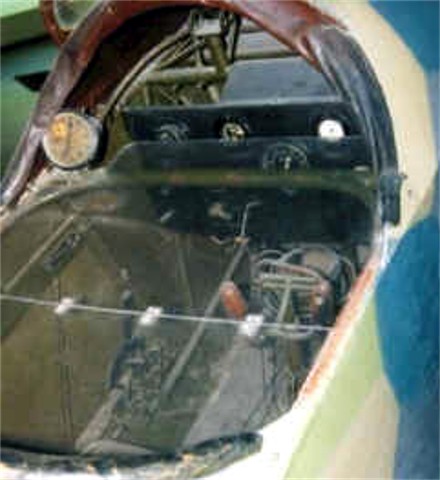


The center image has a clear, hinged "sneeze guard" over the cockpit.
 I have always believed that the Fokker Schwerin D.VII instrument panels were over-painted black.
I have always believed that the Fokker Schwerin D.VII instrument panels were over-painted black. OAW & Albatros seem to have all been varnished wood. I have compromised a bit here, ane have gone with a dark wood simulated instrument panel. Mostly because some of the details tend to get lost on a black instrument panel. The already black "Bosch" starting magneto, flip levers, their base plates and name plates in this scale disappear unless you dry brush the whole affair in a lighter slate grey.
Also the control column is a brass rod with the kit auxilary throttle and hand grip added.
On the instrument panel it seems at least on some late production Schwerin built Fokker D.VII that the tachometer was dropped from the rear machine gun brace to being mounted in the instrument panel. After looking at various images available to me I can say that this was not a general rule.
Certainly the tach on D.5125/18 was on the rear gun brace (as photos bear out.)While I am going with an all white scheme there will be a bit of a surprise in the mix. I will spend some time carefully trying to texture and weather this kit. For personal reasons I will be changing the identity of this machine to show what you can do with kit serial numbers with a historical touch.
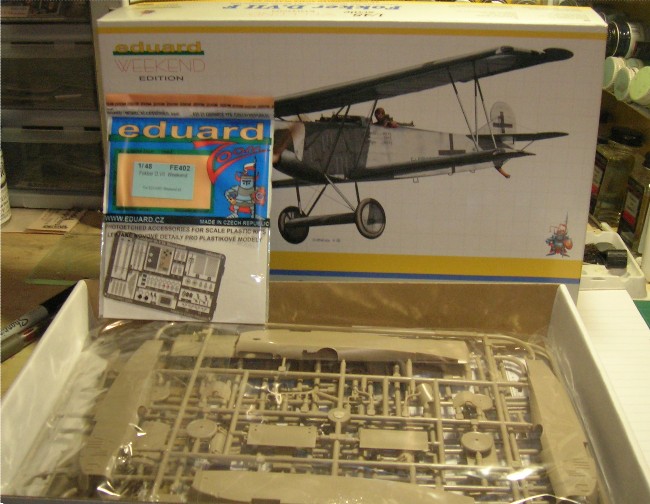


















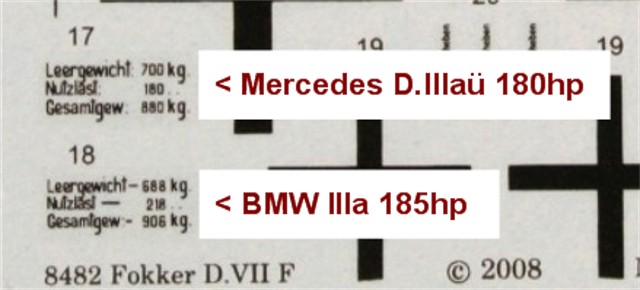
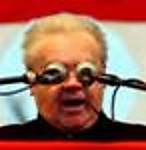





















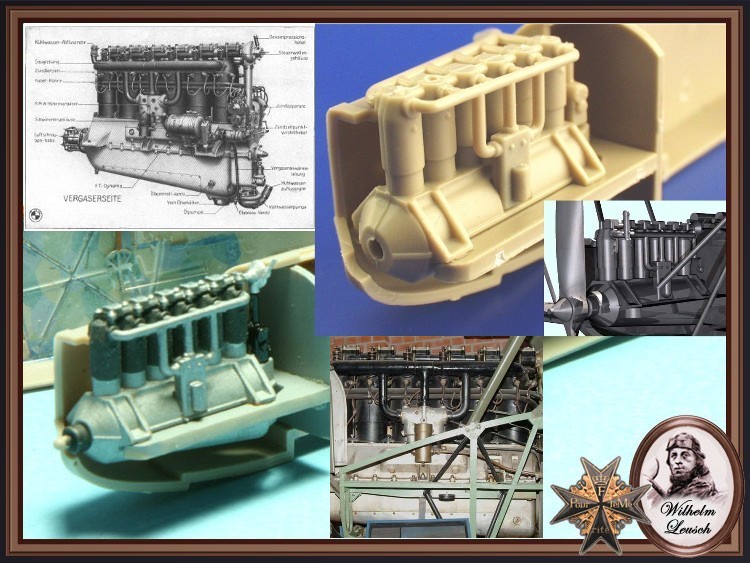
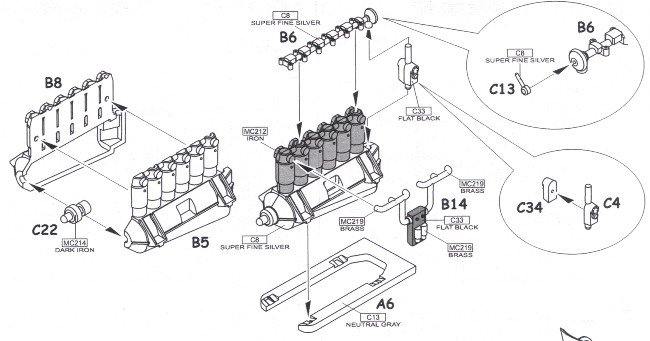
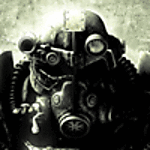





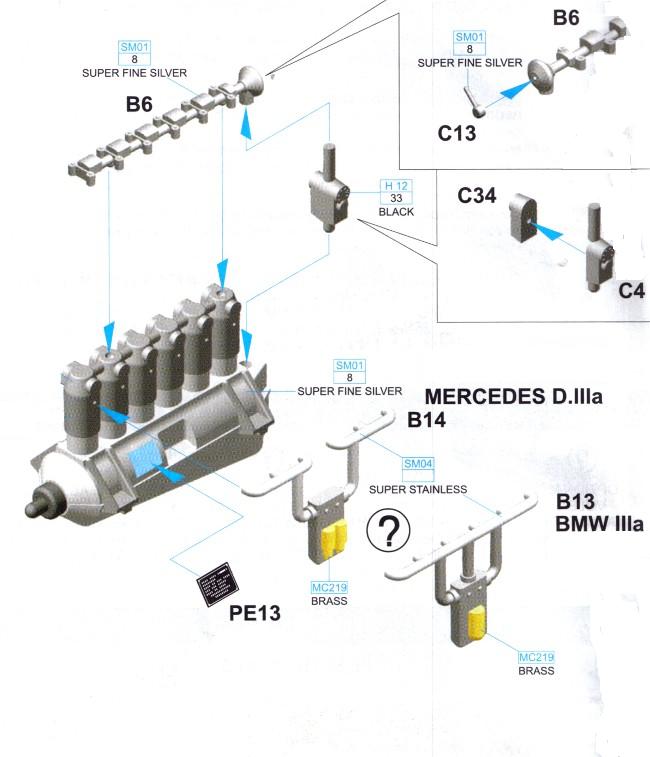



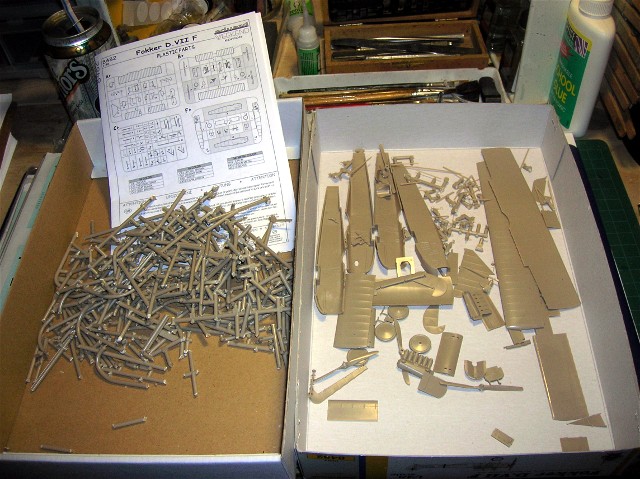







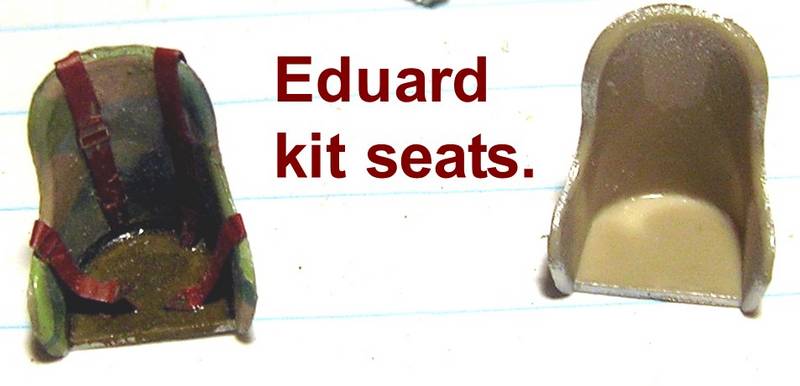







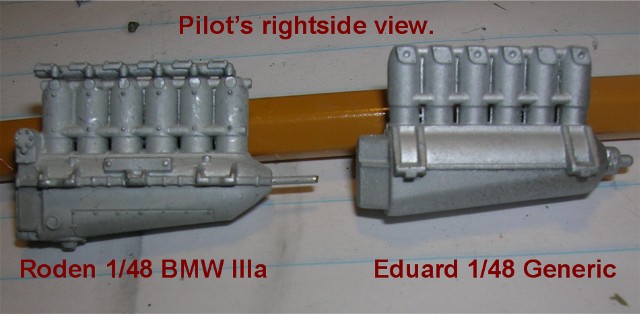
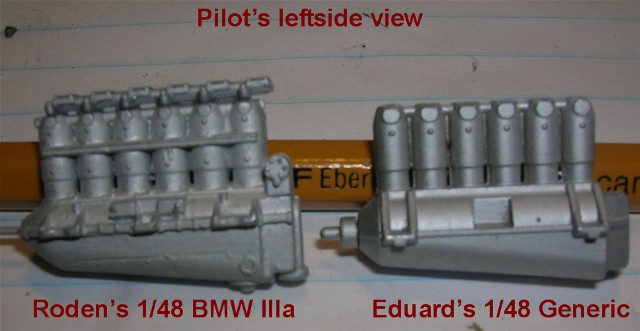



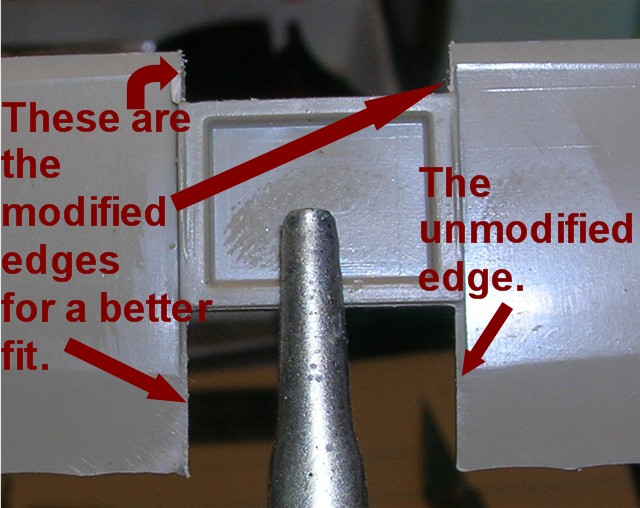



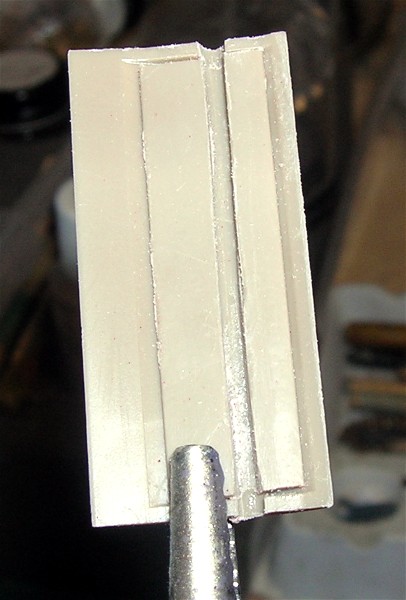


 I really love your history packed, information packed, builds.
I really love your history packed, information packed, builds. 


I really love your history packed, information packed, builds. So which of the kits do you think is better, the Roden D.VII or Eduard D.VII?













